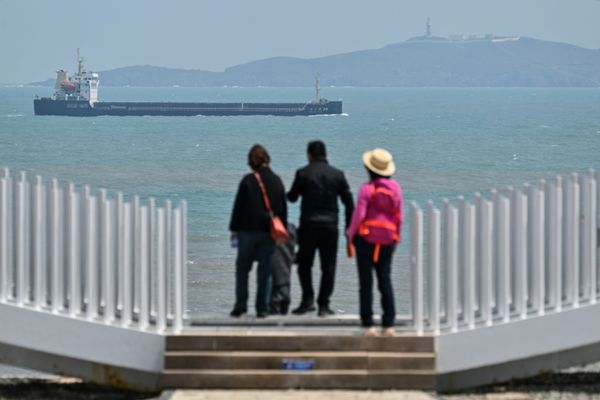
There is – or rather was – another side to Durham University not mentioned in Zoe Williams’ article, in which she mentioned its lack of a medical school (From rent strikes to free-speech walkouts – how did Durham University become a frontline of the UK’s culture wars?, 27 August). Between 1992 and 2017, the university had a campus located at Stockton-on-Tees – Queen’s still exists, but is largely mothballed.
It represented an experimental venture for Durham University, which sadly came to an abrupt end because the university’s leaders did not see it fitting the elitist image of Durham centred on its castle and cathedral. The Queen’s campus was modern and outward-facing, engaged with the deprived communities on Teesside blighted by deindustrialisation. It was levelling up before the term became fashionable.
Medical teaching was reinstated in partnership with Newcastle University’s medical school in a pioneering programme of teaching and research designed to break down disciplinary boundaries.
As professor of health policy and management from 2000 to 2017, I was based at Queen’s campus in the school of medicine, pharmacy and health, the only department permanently located there. Had the campus survived, it’s likely that Durham would have become a new medical school. Little wonder Williams heard no mention of it on her visit – that period of history has been airbrushed out of the picture.
David Hunter
Emeritus professor, Durham University
• What a damning article. But it held few surprises for those who live in the city, which, as Zoe Williams says, seems to be – and for the worse – “entirely its university”. Durham does not have a university within it. It’s now more like the university has a city attached.
David Duell
Durham
• Have an opinion on anything you’ve read in the Guardian today? Please email us your letter and it will be considered for publication.







